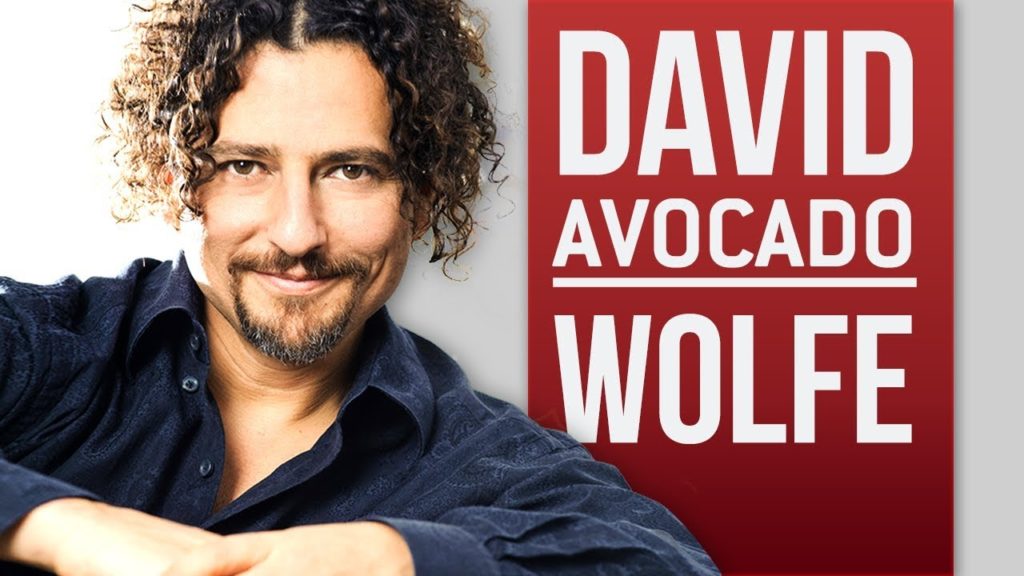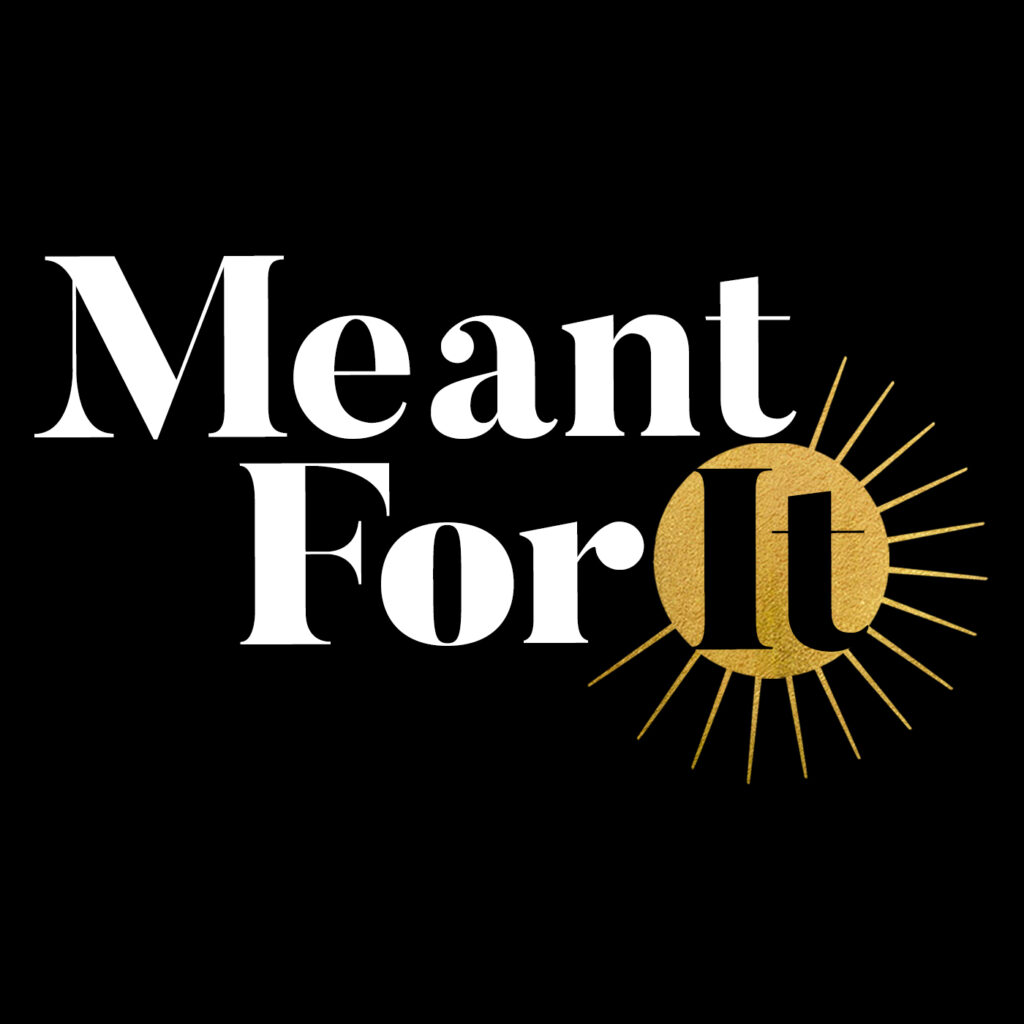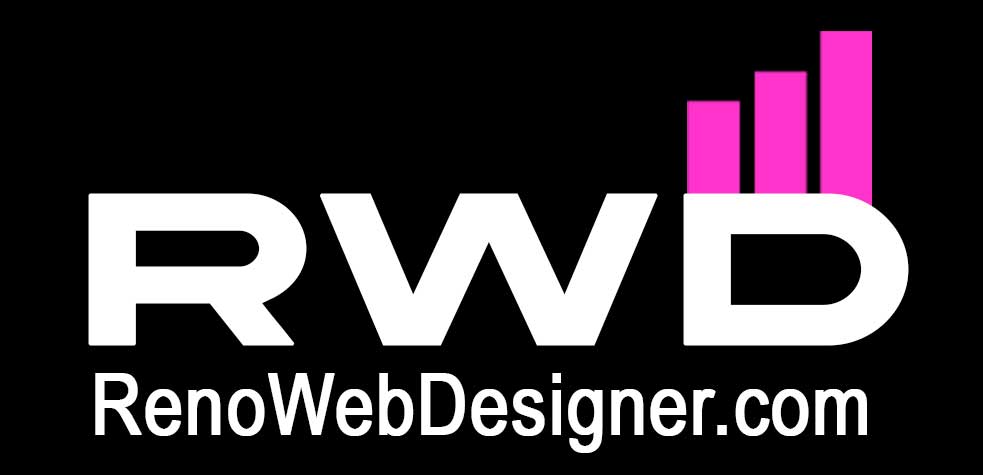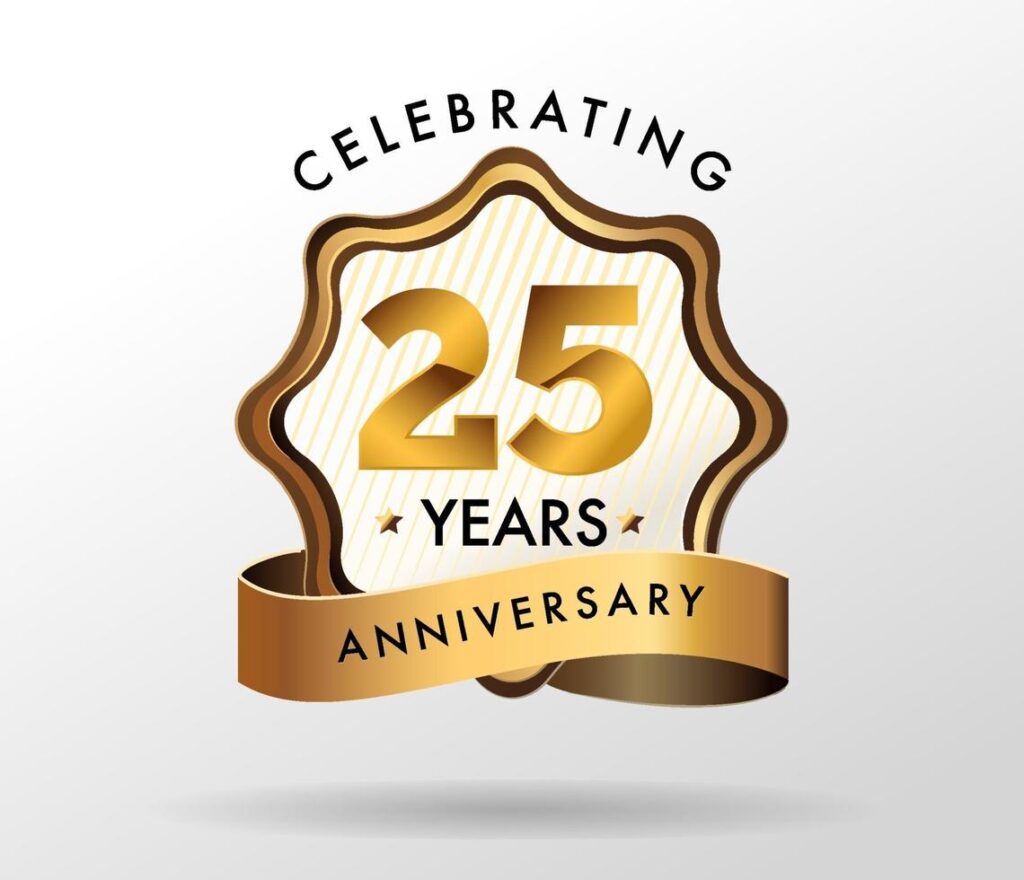Web Design Examples for Podcasts
When creating your podcast website, there are several things to keep in mind. Your main focus should be on keeping things simple, but if you have more options, you may want to consider using a more complicated design. The most important thing to remember is that your podcast website should be easy to read, with strong calls to action and a simple format. The main section of your page should be reserved for the podcast’s transcripts.
Simple
In addition to providing information on the latest episodes of the show, simple web design for podcasts can also help you to create a cohesive look for the site. Listed below are simple web design examples for podcasts. Using a minimalist design, the website of the popular gameplay podcast Essie’s Hour of Love emphasizes its black and white photographs. The site also has a main header text and a subscribe CTA button. These elements help the visitors to learn more about the podcast, as well as to stay engaged.
Choosing the right template for podcast website creation is important – you’ll need to choose one that is both visually appealing and functional. If you’re not a web developer, you should choose a podcast template that has features such as page speed and SEO optimization. Podcast websites can also host other content like podcast episodes and other audio files. Choosing a template that can accommodate these features will allow you to build a site that can easily be customized.
Another simple podcast web design example includes multiple episodes at the top of the homepage. Rather than using a single podcast for every episode, it uses a mixed stream of episodes from multiple shows. The audio player, transcripts, and social sharing links are displayed below the header. The podcast website also has a background image or video, a short description, and a link to its social media accounts. Depending on the podcast, this website may be an ideal solution for your podcast website.
Minimalist
If you’re looking for minimalist web design examples for podcasts, look no further than The Being Boss. Founded by Kathleen Shannon and Emily Thompson, this podcast has over nine million downloads. Its minimal design emphasizes the black-and-white photographs and the main header text. In addition to this, the homepage features a clear, informative layout that features a CTA button that makes it easy for visitors to subscribe to the podcast.
A podcast episode page on this site includes detailed show notes, audio timestamps, and quotes from the episodes. A footer at the bottom of the page provides a link to the audio player, as well as the episode artwork. The layout of the homepage is straightforward and intuitive, and it includes easy-to-use social media buttons. Besides the podcast episodes, the website’s homepage also includes a list of links for the network’s social media pages.
The philosophy of minimalist web design revolves around making the content clear by removing unnecessary elements. Its high-level content should be presented with adequate negative space, while the density of the content should increase as the user scrolls deeper. Minimalist websites are more functional, but it may take some time to create a minimalist design. It’s also important to make sure that all elements of a website are easily accessible to users.
Strong calls to action
A call to action (CTA) is an important part of any podcast’s web design. It asks listeners to do something specific, such as visiting the official website, buying merch, writing a review on iTunes, or telling a friend about your podcast. While word of mouth still plays a huge role in attracting new listeners, not having a CTA on your podcast’s website will leave you missing out on many opportunities.
A strong call to action in podcast web design examples should be differentiated from CTAs found elsewhere on a website. A brand’s CTA should be distinct from its overall message and not duplicated elsewhere. However, podcasters should remember to limit the number of CTAs on each episode. Multiple CTAs can be overly distracting and dilute the message. Instead, consider using just one call to action for each podcast episode.
Make your call to action easy to find. The language should be simple but strong, so that the user will be compelled to take action. If you’re unsure about what kind of call to action to use on your podcast website, try looking at the CTAs used by top-rated companies. There are many examples of these kinds of ads out there. One of the most effective CTAs used by Mike Stelzner is “Get It Here.” This CTA uses a hand pointing icon to increase response.
Transcripts
Providing a transcription of your podcast is a great way to attract new viewers to your website. Most people are unable to hear the audio content of a podcast, so a transcription provides an alternative way for them to hear the information that is on the podcast. Besides amplification, transcripts are helpful for sharing the content with others, especially if you are not available to listen to the episode yourself. Podcast transcripts can be found through search engines, as they can be easily searched. They also make podcast content accessible for deaf and hard of hearing individuals.
Podcast transcripts can be downloaded and can also have timestamps to allow readers to skip over parts easily. While preparing a transcript, remember that a downloadable file will not give you the same SEO boost as an online piece of content. Furthermore, if your podcast is not publicly displayed, Google will not be able to index the content. You should consider whether the transcripts should be published on a website or remain in a file.
If you’re a podcaster, it is essential to make use of podcast transcription to increase your audience and website traffic. While audio content isn’t as discoverable as written content, a transcript will attract listeners to your website. Podcast transcripts are also an excellent way to improve your SEO. Because podcast transcriptions are written content, they can be much more user-friendly than audio files. This means that your transcriptions are more effective at driving traffic and increasing your website’s page rank.
Dedicated page
If your podcast is hosted on a website, a devoted page is an excellent way to promote your podcast and bring in more listeners. A podcast episode page will typically include an embedded player, a description, show notes, transcripts, and information about the host and producer. In addition to promoting the show, the page can also include information about your Patreon or Steady accounts, which will make it easier for visitors to donate or subscribe to your podcast.
While it’s not necessary to be an expert in SEO or web design to create a podcast website, you should know the most basic SEO practices. If you’re aiming for maximum exposure online, a dedicated page for podcasts should be among your first priorities. A website dedicated to podcasts will also help your podcast get organic traffic from search engines. This means more users and listeners will find your podcast and make it easier for you to promote it.
A good podcast landing page will include a link to subscribe to the podcast and a pop-up bar that allows listeners to check out the recipe of the week. A dedicated podcast page should also be user-friendly, featuring a clear navigation and a clear list of recent episodes. Whether it’s a popular channel or a new podcast, the design should be visually appealing. A podcast landing page should include a reminder of when the next episode is available.
Featured episodes
If you’re interested in creating a website for your podcast, then you’ve probably seen a few different incarnations. Podcast web design examples vary in their features, but they all contain the same basic functionality: an audio player, an opt-in form, and a list of featured episodes. While each of these components is crucial, not all of them are well done. The following are a few examples of podcast web design examples that are well-executed.
Featured episodes in podcast web design examples should include detailed show notes, audio timestamps, quotes, and artwork. The podcast player should also have an option to embed popular platforms like iTunes and Soundcloud. Podcast web design examples should also include a footer and a corresponding audio player. For a more complete look at podcast web design examples, check out the links on each episode’s page.
A purpose-built podcast demo has an interactive content slider that links to a particular episode, making it easy for listeners to find their favorite podcast recordings. The default podcast web design example features the most recent episodes, a featured image, playback buttons, and profiles of the team. Besides this, it also includes a section for highlighting sponsors and blog posts. The podcast web design example also supports streaming episodes live from the website.
Sandy Rowley is a Webby Award Winning Web Designer who has worked with some of the worlds most recognized brands. She works to create unique experiences that convert views to followers.
Sample projects:






